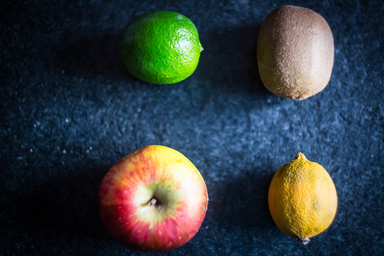Every culture has developed its own unique cuisine to utilize local ingredients and obtain delicious and healthy meals. Chinese culture has a great impact on my daily food choices and below are three myths I will dispel related to its food.
Lamb
When we talk about Chinese diets, we can relate it to Chinese traditional medicine. Ancient Chinese doctors, who are more likely called therapists today, presume that everything thriving in nature has energy, or “Qi.” According to tradition, lamb is perfect during colder days. Lamb is a warm meat since it not only resists the cold, but also nourishes the body. It has therapeutic effects on colds and coughs, body deficiencies, and waist and knee weakness. If someone gets an injury, they should use lamb in their meals for rapid recovery since it strengthens our “Qi” and spleen. Lamb is also called a winter tonic. A representative recipe would be braised lamb stew with radish or carrots. The universal cooking law for savory lamb is to stew it with fresh produce.
Green Veggies
In my family, veggies play a significant role, as we cannot serve a meal without them. By saying vegetables, we don’t mean any common veggies like onions, tomatoes, or cucumber. Only ones with green leaves, such as lettuce, spinach, or bok choy, qualify as a dinner ingredient. They are never the sidekick, rather a staple ingredient to every dish. Why do Cantonese moms insist that consuming green veggies should be part of our daily routines? Science lends our mothers credibility. In most Southeastern Asian countries, where precipitation is prevailing, the soil and the weather are ideal for veggie production. Green leafy vegetables are rich in vitamins A, C, and K, which can deal with aging problems and cardiovascular diseases. They are also high in fiber, which helps our digestion and boosts metabolism. Pick up some green veggies next time you go to the grocery store!
Soup
Unlike chowder or stew served in Western bistros, Chinese-style soup is another cuisine of indigenous delicacy. When the wind is roaring and the cold is approaching, nothing is better than a bowl of hot soup. It can come with any meat or vegetable. To keep your blood running and protect your “Qi”, you need high-quality nutrition to thrive. Chopping pork or veggies would be a burden for our stomach digestion. Instead, we turn to the stove and put everything in a pot to taste the broth of pure botanical extracts. An introductory soup combo could be pork rib, corn, or carrots to treat any general health issues and energize yourself. Lotus root with pork rib is a great pimple remedy. As suggested by ancient Chinese practice, even fruits can make up a soup: collect apples, pears, figs, orange peels and pork loin to smooth your throat. Most of the time, meat options consist of either pork or chicken.
Above are the tricks of Chinese cuisine that are great for maintaining your health at little cost. They are indeed simple and helpful, and you should try them this winter!



